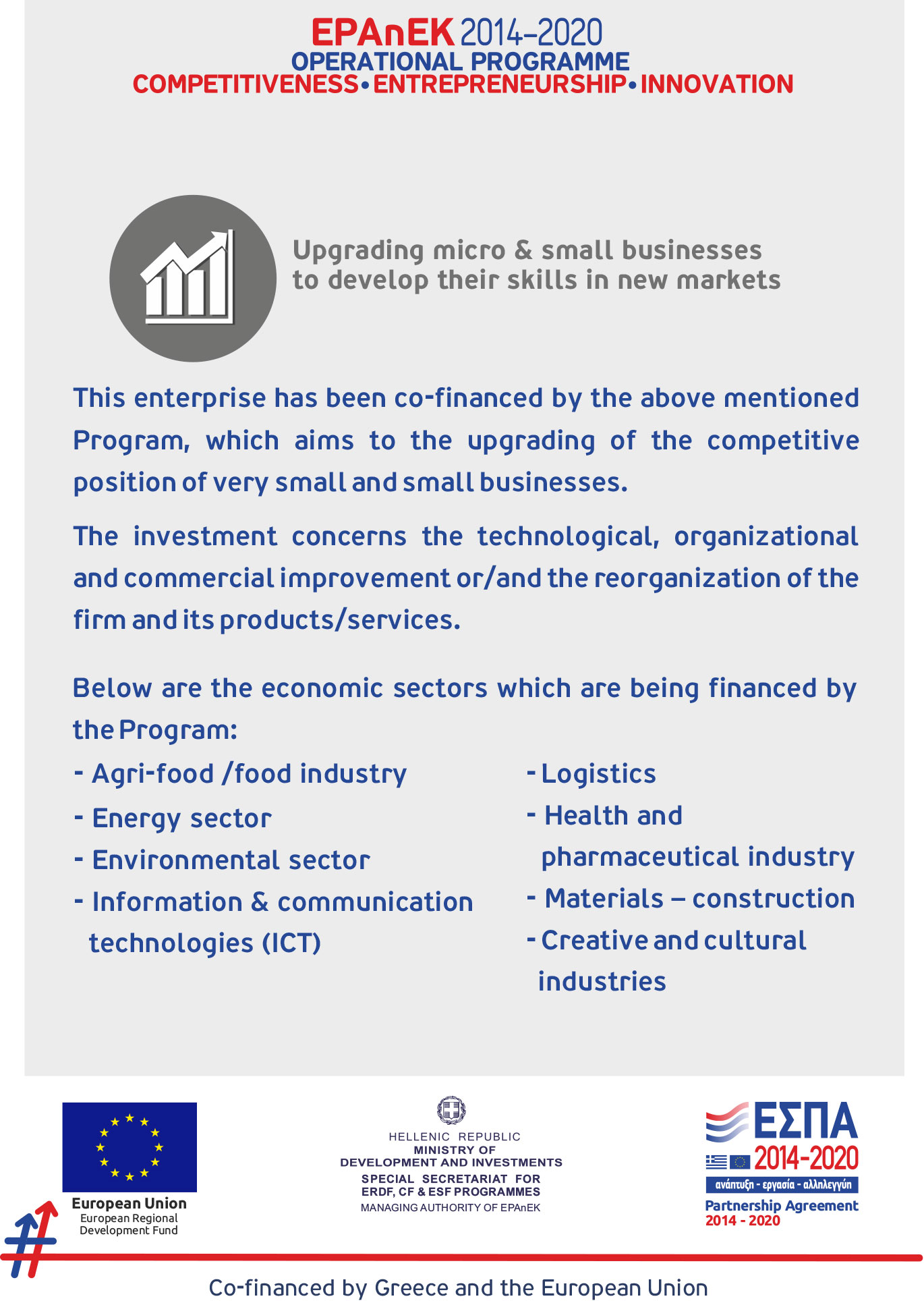
2017 will be driven by Big Data, AI and personalization. Don’t let yourself be caught by surprise and get inspired with upcoming trends that you can use for your web shop this year.

1. One-day delivery
As McKinsey & Company study shows, about a quarter of consumers is able to pay more for quicker delivery and shops will have to find the way to fullfil this demand. This is the kind of offer that Amazon already has- one day delivery is possible for 27 cities in US for additional fee of 35 dollars. Also Walmart is considering approaching this trend thinking their customers could be delivering shopping to online buyers on the way back home. Plus, there are several other services that can offer ultraquick delivery, such as PostMates, UberRush or drones. The latter ones, may seem a very distant future but Amazon is already experimenting with its Amazon Prime Air system using drones. The action was launched in December last year when it took 13 minutes only from clicking on “buy” button till package delivery. It seems quicker than most of our conventional shopping.

2. Virtual shop assistant
Communicating with robots is already almost natural for humans. We make use of AI when talking to Apple’s Siri or Cortana from Microsoft. But how can AI be used in e-commerce?
Manufacturers of devices and softwares are finding their new ideas. We can talk to Amazon’s Echo loudspeaker to get to specific website of Amazon and use Google Home as search engine. However, the real change can came come with chatboxes, where bots are answering to customers’ queries. Facebook Messenger, WhatsApp, Twitter and Google Allo are already working on such features of their messengers, that will also make it possible to realize online orders.
What’s interesting, there are experiments that are using robots for generating content, i.e. creating product description based on technical data specification. And although it’s far from perfection (just as Google Translate in its translations for the moment), this trend can become a real game-changer and it’s good if retailers keep an eye on it.

3. Real-time personalisation
Providing amazing shopping experience will become a priority and it will be based on real-time data analysis. What does it mean for e-commerce?
Apart from the fact that the web shop has to be intuitive, any content such as ads and recommended products should be precisely addressed to its visitor. Beforehand, all customer data is collected including location, previous purchase, demographic group analysis (used often during segmentation). Getting to know customer habits makes it possible to predict the next shopping and create strategy with specific actions. It’s works well both for customer acquisition and their further retention.

4. M-commerce overtakes e-commerce
More and more customers use their mobile devices to shop online but only this year m-commerce will actually overtake e-commerce for the first time. That’s why the website responsiveness is absolutely obligatory for every retailer. Apart from increase of mobile and tablet popularity in online shopping, this year mobile payments will be widely used. For instance, last December, MasterCard launched “selfie pay” tht confirms customer’s identity using a selfie photo. What’s more, there are more and more services such as Apple Pay, Amazon Pay or PayPal that allow payments without introducing credit card number. They simply accept fingerprints or online pin code.

5. S-commerce to engage customer
It’s not a secret that customers often read reviews before they buy any product online. They also spend more time than ever on social media. That’s why social selling (sometimes called s-commerce) seems just a natural consequence. And no, it’s not about having fanpage anymore. Social seelling is a place where sales meets customer support (personalized ads, “buy” button on Facebook, chat). What’s more, everytime there are more platforms that offer this combinationm such as Facebook Marketplace that makes it possible to sell products to local community, platforms for group shopping (such as Groupon), or simply places to exchange reviews (e.g. Yelp), show your shopping list (e.g. Fancy) or engage customer in manufacturing process (e.g. Kickstarter).
Moreover, this year we’ll see more omnichannel, online shops expansion and VR technology implementation used to display shopping products in 3D. These trends cannot be ignored. And the quicker retailers will implement these ideas, the faster they will be able to beat their competition.











